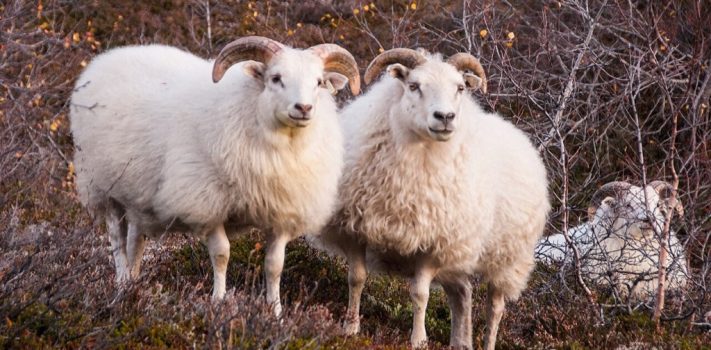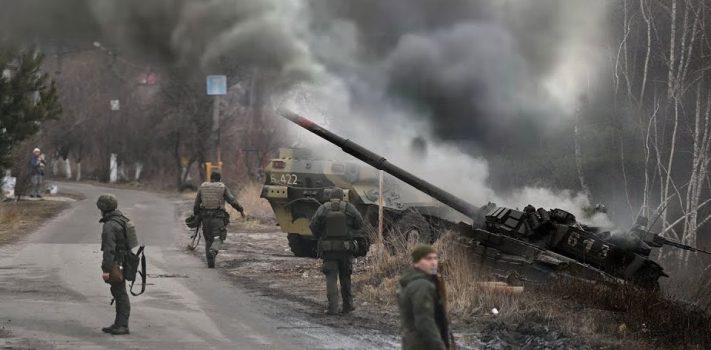Today is the birthday of Colin Campbell Cooper, Jr. (March 8, 1856 – November 6, 1937). He was an American impressionist painter of architectural paintings, especially of skyscrapers in New York City, Philadelphia, and Chicago. An avid traveler, he was also known for his paintings of European and Asian landmarks, as well as natural landscapes, portraits, florals, and interiors. In addition to being a painter, he was also a teacher and a writer. His painting “Grand Central” (above) was dated 1909. It was auctioned by the Christies auction house for $85,000, in 2015.
—
Today we present a guest article from a SurvivalBlog reader that is not part of the writing contest judging.
—
We are seeking entries for Round 117 of the SurvivalBlog non-fiction writing contest. More than $950,000 worth of prizes have been awarded since we started running this contest. Round 117 ends on March 31st, so get busy writing and e-mail us your entry. Remember that there is a 1,500-word minimum, and that articles on practical “how-to” skills for survival have an advantage in the judging. In 2023, we polled blog readers, asking for suggested article topics. Please refer to that poll if you haven’t yet chosen an article topic.












